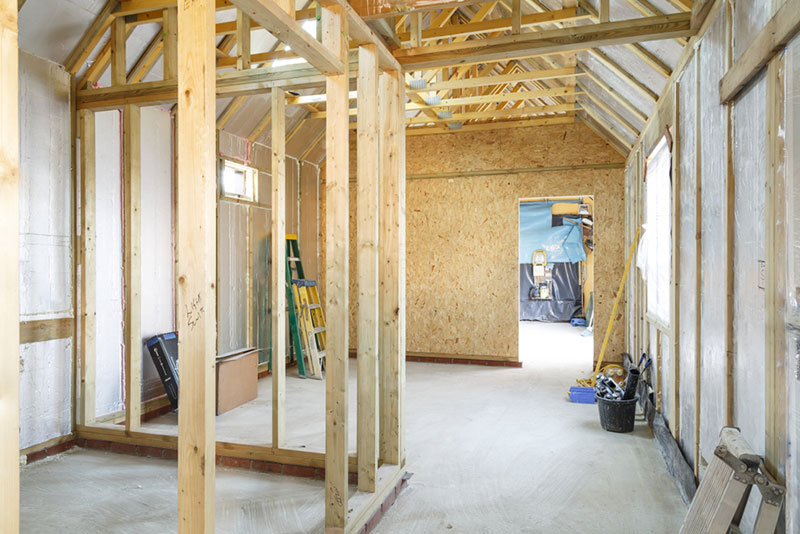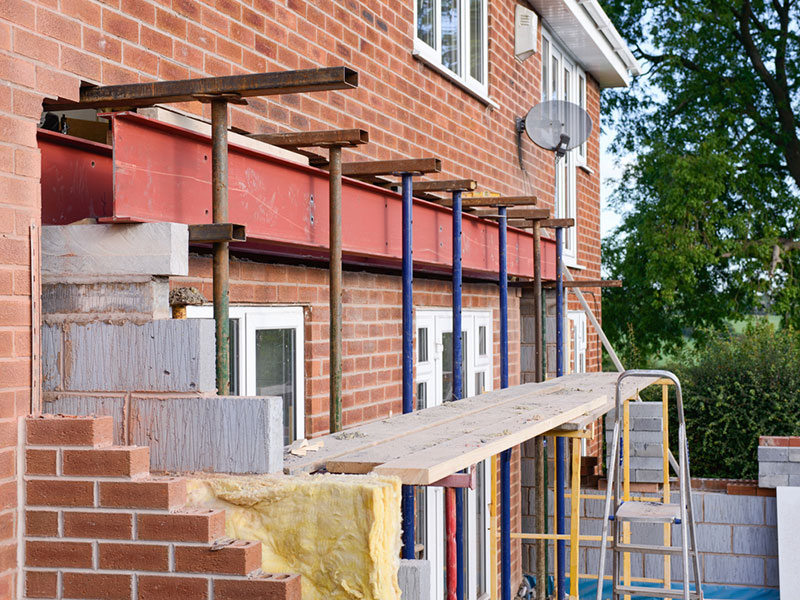Advertisement
Finding the perfect house for your needs is no mean feat. You need to carefully balance location, size, layout, price, condition and future plans. Eventually, something has to give which means your house might no longer be the best fit. If you’ve managed to nail the location and cost but the size doesn’t work for you anymore, you don’t necessarily have to move.
House extensions are growing in popularity and allow you to add value and space to your existing home without having to go through the hassle of moving. Building an extension is a big commitment and is by no means as straightforward as it seems. Before you commence, make sure you take note of our tips!
Planning Permission
The first and most important step to building a second storey extension is to get planning permission. This sounds basic, but a lot of people skip over it which makes their extensions illegal. Getting planning permission from your local authority could take anywhere from a few weeks to a few months or even a year. This means you need to start thinking about it in advance. For example, if you plan on having another child and need more space to accommodate, you’ll want to have the disruptive demolition and building work finished before the baby arrives, so it may require some forward thinking and exceptional organization/future planning to get permission.
Materials and Architecture

You might find that following your planning permission application, the local authority might approve your extension on the basis that you stick to a certain aesthetic. In older properties or listed houses, you might be asked to make sure that you use similar materials to the original house so that the extension blends in. This is an important consideration, especially in instances where you might be limited by size, too.
Budget
Almost everything construction related ends up requiring a considerable amount of money. Extensions are one of the biggest house renovation projects because layouts will need to change, plumbing and electricity will need to be added in, two-story renovations require stairs building, and there’s a lot of foundation/groundwork to do as well. This doesn’t include the price of insulation, plastering, flooring, furniture and – arguably the biggest expense of all – paying tradespeople for the duration of the project.
When planning the budget, always overcompensate. It might be possible for you to work to your original budget or even come in below it, but a lot of house extensions cost more than was originally planned for. The last thing you want is to be scrimping or putting the project on hold until you can save up more money, so make sure you have a solid buffer going into it.
Living Onsite
As mentioned, house extensions are a major renovation and they can take months to complete. During this time, you need to think about where you’re going to live. Living onsite can work if you don’t mind putting up with dust, dirty footprints, lots of noise and having to make do with botched facilities whilst things are re-jigged. If you do plan on living onsite, consider getting your extension built in the warmer months so you don’t have to deal with adverse weather conditions which could potentially make the project overrun.
Lots of people opt to rent a house or move in with friends and family until the work is complete, especially if they have young children. This could be something you look at, but you will need to factor this into your budget and weigh up how practical it will be for everyone to be living under one, smaller roof for weeks or even months.
Summary
Extensions can be really worthwhile, and they’re definitely worth the initial hassle. Hopefully these tips will help take away some of the headaches and leave you better prepared for the road ahead.

